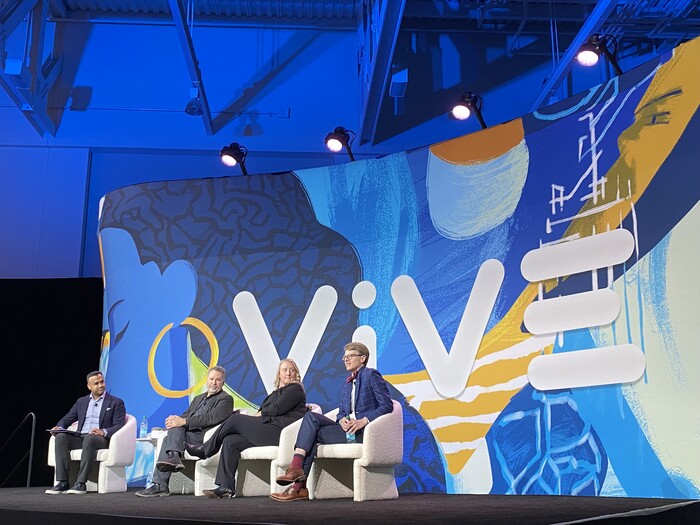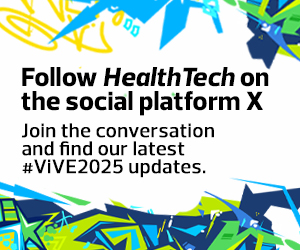“I want Mayo Clinic to be a place where nurses don’t document. That’s what I’m looking for,” Frederick said.
Working with generative AI clinical documentation platform Abridge, Frederick said, the health system developed a solution that was “for nurses, by nurses.”
“As we’re reimagining what documentation could look like with our exciting new tool, it’s really focused on what nurses do best, and that’s just having a conversation with your patients. When you’re doing your nursing assessment, what are you seeing? What does that mean?” Frederick said.
In the new Abridge workflow, a nurse would first ask a patient for consent to record. Then, on a smartphone, the nurse would record the conversation for automatic documentation into the electronic health record (EHR) system. This way, Frederick said, nurses can focus on “nursing out loud.”
“We’re really focused on that patient-centered care and empowering them with information. Really, that relationship is what we know heals patients as we go about our work with them,” she said.
MORE FROM VIVE: Ambient intelligence is poised to transform healthcare.
Nursing workflows differ from physicians’, which is why solutions that are commonly used for physicians may not always work well. “Nurses don’t dictate; they don’t document in narrative notes. They have these discrete cells in flowsheets that really drive their documentation,” Frederick said.
A nursing unit on Mayo Clinic’s Florida campus is the latest to use the tool, with 100% adoption. Frederick said that nurses who were hesitant about the tool were encouraged by their co-workers through peer-to-peer support.
She said effective change management has helped with education on and adoption of the new tool.
“We wanted a world where there’s less time with eyes on screen and fingers on keyboard,” Frederick said. “The technology is not in the middle of the patient and the nurse. The technology is tucked away, and you don’t even see it. The focus is really on that conversation.”
“We’re creating a tool which actually puts that humanity front and center and makes that what we do versus the documentation,” she added.
Patients Are Already Using AI, and Organizations Need to Catch Up
At a separate session, healthcare leaders discussed the importance of organizational change as consumers become more familiar with AI in their daily lives.
Patients are already using Google and ChatGPT to answer medical questions, noted Dr. Bradley Crotty, president and chief digital officer at Inception Health and chief digital engagement officer at the Froedtert & Medical College of Wisconsin health network.
“How do we get our organization ready for this and not be afraid of this?” he said. “‘Oh, this is going to be a threat to our business.’ It’s interesting to think through those different aspects.”
The Wisconsin-based health system has a digital-first primary care model, Crotty noted, through which patients can begin their journeys virtually with AI agents, then be directed to a clinician. There’s also conversational AI in the system’s call center and on its website.
Ideally, he said, AI solutions are adaptive and fill in gaps instead of telling physicians what they already know. Crotty added that healthcare organizations must start thinking of machine learning operations, or MLOps, as part of their work.














